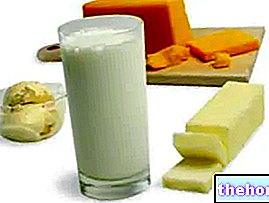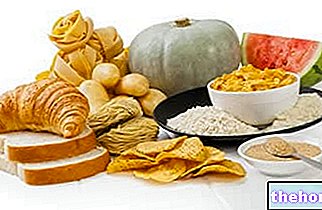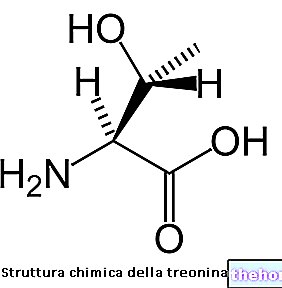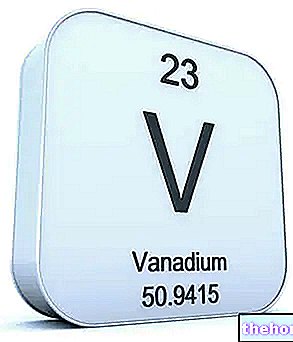Chemical Structure
Erucic acid is represented by the formula 22: 1 ω-9. We are therefore talking about a monounsaturated fatty acid with 22 carbon atoms, in which the single double bond is located between the ninth and tenth carbon atom starting from "methyl end.

Food Sources
Erucic acid is typical of the seeds of Brassicaceae, a large family of herbaceous plants to which, among other things, rapeseed - from which an important oil in the food and industrial sector is obtained - and mustard, whose seeds are the typical ingredient of mustard.
Health Risks
Erucic acid rose to the fore in the 1970s, when a series of studies conducted on young mammalian animals confirmed its toxicity at high doses. In particular, erucic acid proved to be cardiotoxic, with an increase in lipid deposits in the heart of the experimental animals.
Since then, growers have been busy selecting seeds with a low erucic acid content, producing a variety - later renamed canola - particularly low in saturated fat and erucic acid. At the same time, other varieties of rapeseed destined for the chemical and mechanical industry were selected in order to increase the erucic acid content of the oil, which is important - for example - for its high lubricating power and resistance to high temperatures.
Today, the maximum permissible concentration of erucic acid in edible oils and fats (margarine) is 5%. In that of canola this percentage fluctuates between 0.3 and 1.2%, while it rises up to 30-50% in traditional rapeseed oil.
Not recommended for younger children, because they are unable to metabolize it adequately, the erucic acid taken at the doses to which we are commonly exposed is anything but dangerous to health.
If we take canola oil, for example, the abundant presence of monounsaturated fatty acids, together with the low concentration of saturated fats and erucic acid, make it a good food choice, slightly penalized by the non-negligible content of trans fatty acids.




























